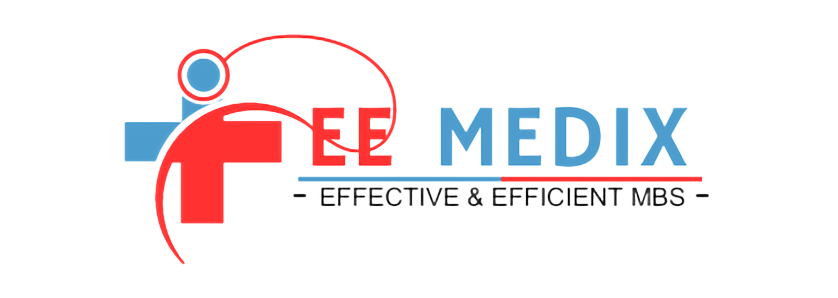As a chiropractor, you know that billing and insurance claims can be a headache. Not only does it take time away from seeing patients, but it can also create financial issues for your practice. That’s where chiropractic billing services come in – to help streamline the billing process and make it more efficient. In this blog post, we’ll explore the benefits of using chiropractic billing services and how they can supercharge your practice.
World of healthcare, particularly in the realm of chiropractic care, efficient billing and coding are pivotal to ensure smooth practice management. Chiropractors have a significant role in alleviating pain and promoting overall well-being, but they must also handle the administrative side of their practice. This is where Chiropractic Billing Services come into play, making it easier for chiropractors to focus on patient care while maintaining financial stability.
How to Do Chiropractic Billing?
Chiropractic billing services may be a complex process, but they are crucial to ensure that healthcare services receive appropriate compensation. Here are the steps to streamline chiropractic billing:
- Patient Information and Verification: The billing process begins with collecting accurate patient information, including insurance details. Ensuring that all information is up-to-date can prevent billing errors and claim rejections.
- Code Selection: Assigning the correct billing codes is essential. Chiropractic services often use Current Procedural Terminology (CPT) codes. For example, the code 97110 is used for therapeutic exercises, and it’s essential to use the appropriate modifiers when required.
- Documentation: Proper documentation is vital. Chiropractors should maintain detailed records of patient visits, treatment plans, and services provided. This documentation supports claims and provides a clear record of patient care.
- Claim Submission: Once the necessary information is collected and codes are assigned, claims are submitted to insurance companies for reimbursement. Timely submissions reduce payment delays.
- Follow-up: Regular follow-up with insurance companies is essential to track the progress of claims. It ensures that claims are processed and paid in a timely manner.
- Appeals: If a claim is denied, chiropractors should be prepared to file appeals. A well-documented appeal can often lead to successful reimbursement.
- Stay Informed: Chiropractors must stay up-to-date with changes in billing regulations and codes. Attending workshops or seeking assistance from professional billing services can be beneficial.
Does 97110 Need a Modifier for Chiropractic?
The code 97110 finds common usage within chiropractic care for therapeutic exercises. While modifiers are not always obligatory, they become necessary in specific situations. Modifiers serve as additional codes used to convey more information about a service or procedure. Chiropractors may use modifiers, such as indicating that a service was provided on a different date or that multiple procedures occurred during a single visit.
The need for a modifier with code 97110 depends on the specific circumstances of the service provided. It’s essential to consult the latest coding guidelines and documentation to determine whether a modifier is necessary.
What Are the Changes for Chiropractic Coding for 2023?
Chiropractic Coding Changes for 2023
Every year, the medical field witnesses changes and updates in coding, and chiropractic care is no exception. As of 2023, there have been several Chiropractic Coding Changes for 2023 that every practitioner should be aware of:
Evaluation and Management Codes:
In 2023, chiropractors should be familiar with changes in Chiropractic Coding Changes for 2023 in evaluation and management codes. These codes are used to document patient visits and determine the level of care provided.
New CPT Codes:
The American Medical Association (AMA) releases new CPT codes every year. Chiropractors should keep an eye on these updates, as they may need to adopt new codes to accurately bill for new services.
Modifiers and Documentation:
Changes in modifier usage and documentation requirements can also affect chiropractic billing. Staying current with these Chiropractic Coding Changes for 2023 is vital to avoid claim denials.
Insurance Policies:
Chiropractors should regularly review their relationships with insurance companies. Changes in coverage and reimbursement policies can impact billing procedures.
What Is the Billing Code for Chiropractic Services?
Chiropractic billing services bill for their services using Current Procedural Terminology (CPT) codes, which insurance companies recognize. Some common CPT codes for chiropractic services include:
- 98940: Chiropractic manipulative treatment, also known as spinal manipulation.
- 98941: Chiropractic manipulative treatment with a report of a spinal subluxation.
- 97140: Manual therapy techniques.
- 97110: Therapeutic exercises.
These codes allow chiropractors to bill for specific services provided during patient visits, ensuring that they are appropriately compensated for their expertise and care.
Chiropractic Billing Services play a vital role in managing these codes and ensuring that chiropractors receive the reimbursement they deserve for their services.
In conclusion, Chiropractic Billing Services are essential for chiropractors to streamline their administrative processes, allowing them to focus on patient care. Proper chiropractic billing involves collecting accurate patient information, assigning the right codes, maintaining meticulous documentation, and following up on claims. While code 97110 may or may not require a modifier, staying updated on coding changes for 2023 is crucial. Using the correct billing codes for chiropractic services is essential for fair compensation and the financial health of any chiropractic practice.

